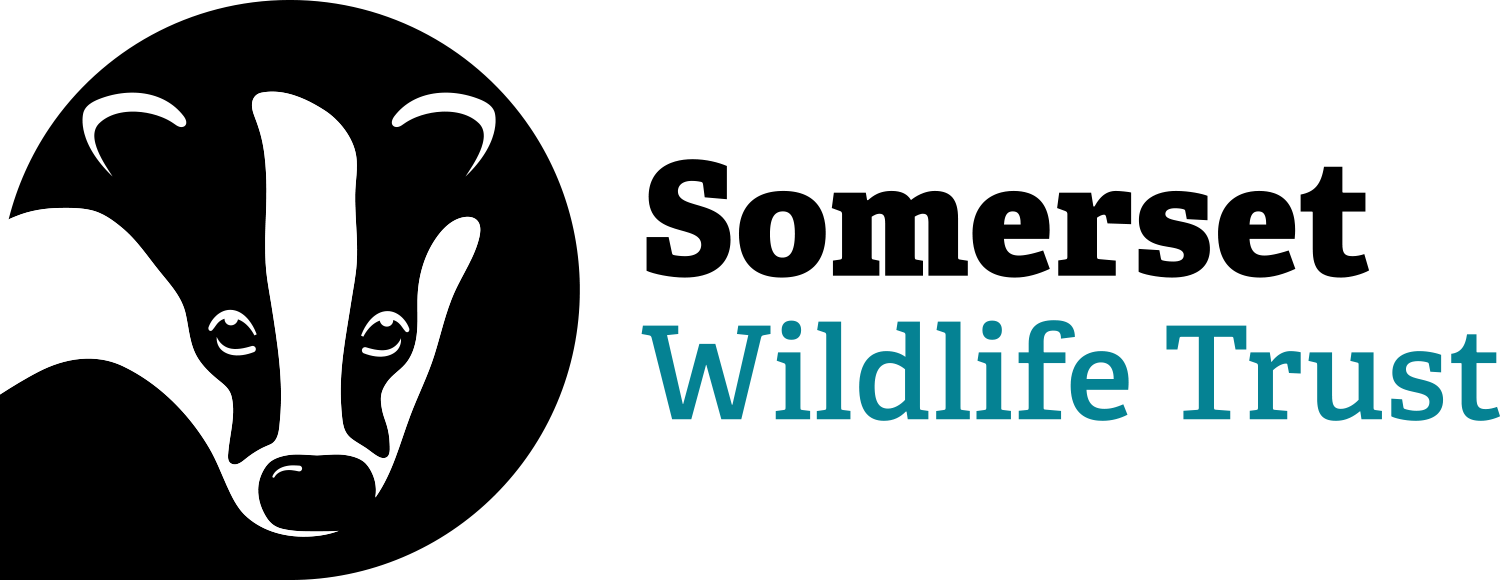Somerset’s biggest citizen science event of the year, The Big Count, recently returned for another year, and over 800 people from across the county signed up to help collect important information about the species living right on their doorsteps.
The count, which is a joint initiative between Somerset Wildlife Trust and the Somerset Environmental Records Centre (SERC), took place between June 16th – 25th and challenged participants to get outside and take photographs of their local wildlife, uploading their observations to the popular recording app iNaturalist. People of all ages were encouraged to take part from their gardens, local parks, and on their way to their schools and workplaces by looking out for a specific set of species and species groups, which included snails, spiders, certain species of butterfly, and, added for 2025, the red fox.
This was the fourth year the organisations hosted the count, which has now generated over 3,000 species records for Somerset since its launch in 2022, including over 630 new records in this year’s count.
Nearly 100 different species were identified as part of The Big Count 2025, but the most-recorded species were:
- The white-lipped snail (46 observations)
- The red fox (44 observations)
- The garden snail (41 observations)
- Common bird’s-foot trefoil (39 observations)
- The brown-lipped snail (28 observations)
- The European goldfinch (27 observations)
Becky Fisher, Head of Engagement at Somerset Wildlife Trust, says: “It’s been fantastic to see so many people getting involved in The Big Count 2025, and we would like to say an enormous thank you to everyone who got stuck in! Citizen science is such a quick and easy way of helping wildlife at home — or from anywhere across the county. Taking part in time-sensitive projects like this is particularly helpful for us, but you can use apps like iNaturalist to record the wildlife you see during any time of the year, and we have lots of resources available on our website to help, so please do take a look!”




